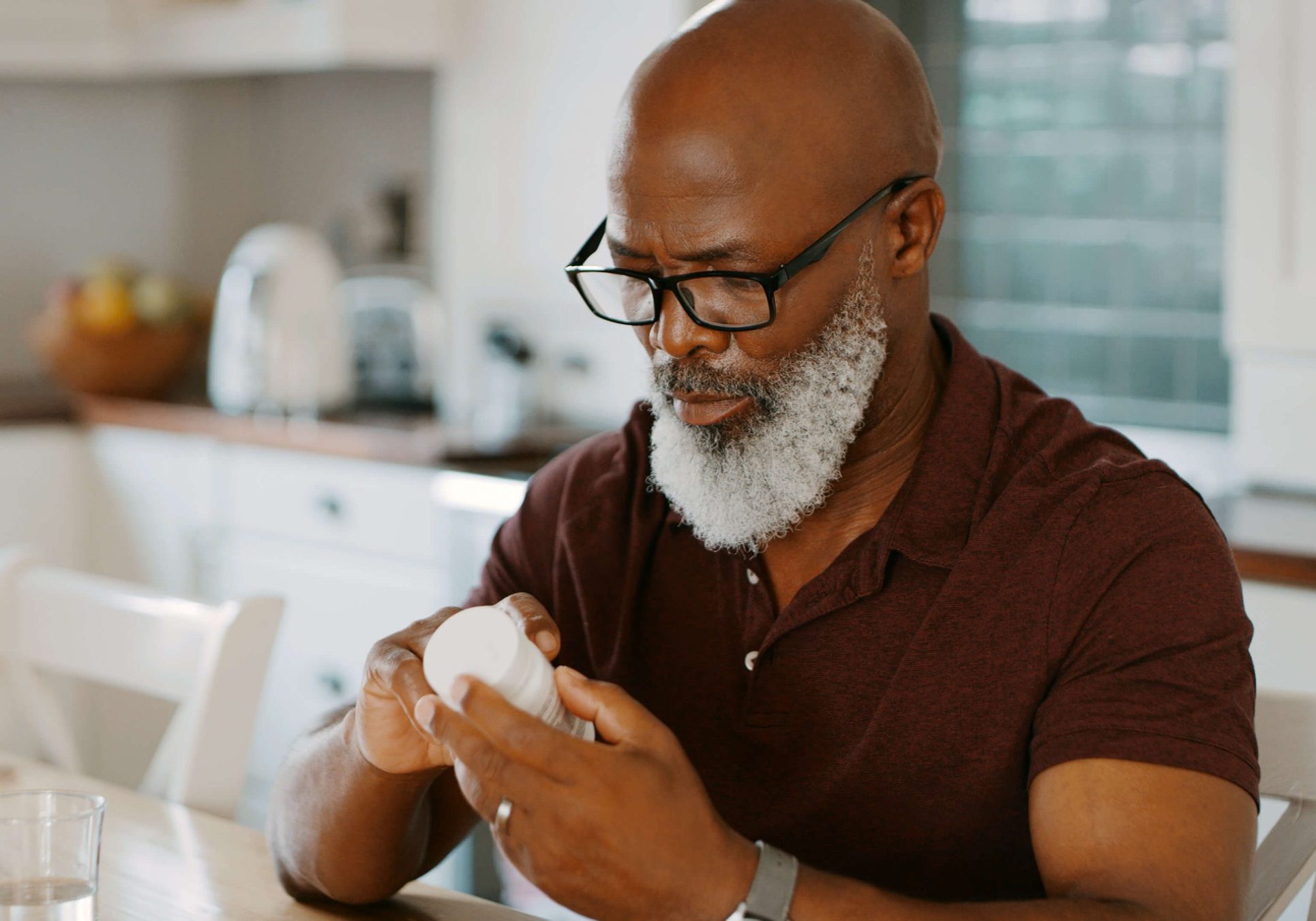What Does It Mean To Have Optimal Micronutrient Levels

In this article, you will learn: The five levels of nutrification and the “sweet spot” for optimum performance How to dial in all your key nutrient levels and feel amazing The best testing methods to determine and reverse any deficiencies And much more...

Getting Into Your Optimal Nutrient Zone
“Sola dosis facit venenum” translation: “The dose makes the poison”
– Paracelsus.
In this article, you will learn:
- The five levels of nutrification and the “sweet spot” for optimum performance
- How to dial in all your key nutrient levels and feel amazing
- The best testing methods to determine and reverse any deficiencies
- And much more…
Regarding nutrients, there are two ways it can kill us:
- Long-term deficiencies
- Deadly overloads
Here’s a critical BiOptimization lesson: for almost every nutrient, there is
- The deficiency zone
- The minimal effective dose
- The optimal dose
- The maximum effective dose
- The deadly poison zone
The Deficiency Zone
The deficiency zone is where there aren’t enough nutrients for your body to operate at its peak, and diseases and other health problems occur.
This can create a cascade of secondary negative effects.
Here’s an analogy to illustrate what we mean: when Matt was 16 years old, his father’s car had transmission problems. His father said, “Don’t go anywhere with the car; we need to fix the transmission. It could damage the engine.”
Matt, young, ignorant, and stubborn, decided to go see his girlfriend, who lived 30 miles away. The car was stuck in 2nd gear on the way back, and the RPMs were maxed out the entire drive. By the time he got home, he had cooked the engine, which was destroyed. His father wasn’t a happy camper.
The point of this story is that when one system gets compromised, it affects other systems. This can create dire consequences.
The Minimal Effective Dose
Most people have most of the body’s critical nutrients in this zone. In this range, the body has some nutrients, but not enough to operate at its best.
One of the problems of being in this zone is that, over time, it’s easy to slip into the deficiency zone. As we age, a lot of our body’s functions decline. We tend to absorb fewer nutrients, and our ability to assimilate them gets weaker.
Take digestion, for example. As we age, our body’s enzyme reserves get depleted. We produce less stomach acid. This means we absorb fewer nutrients, including critical amino acids.
What are some of the consequences? Your body has fewer neurotransmitters, which are vital for your brain to operate at its peak and feel happy. Your muscles lack amino acids, which leads to muscle loss. Loss of muscle leads to a slower metabolism and other negative issues.

The Optimal Dose
There is an optimal zone where you give your body the appropriate amount of nutrients to operate at its best.
And we’re not just talking about macronutrients (carbs, proteins, and fats). We’re talking about everything: micronutrients, enzymes, probiotics, phytonutrients, etc.
The goal is to get your body’s nutrients and hormones into the optimal zone. This is easier said than done.
There are many considerations to figure this out:
- Your age: The older you get, the harder it is to absorb nutrients.
- Your lean body mass: The more you have, the more you need.
- Your metabolism: Some people utilize nutrients at a much faster rate.
- Your genetics: This is one of the most significant ones because genetic mutations (which everyone has) can cause deficiencies.
- Lifestyle: Are you drinking, partying, and eating garbage? Are you working 80 hours a week? Are you sleeping enough?
- Exercise: Do you think an Olympian who trains 12 times a week needs more nutrients than someone who watches 40 hours of Netflix weekly?
And here are three problems that most of us face:
- Lack of good data
- Lack of visibility
- Lack of knowledge
Lack of good, convenient data can be solved mostly with blood, urine, and saliva tests. However, this leads to the second problem that all of us have…
Lack of visibility over certain biological systems is a big challenge. There are many things that we don’t have tests for yet. The good news is that hundreds of companies are working hard to create better tests and data for us to use.
Lack of knowledge is essentially ignored. There are things that we don’t know. The body is incredibly complex, and we’re still figuring things out. The great news is that health knowledge is expanding exponentially.
Powermove: Get Regular Blood Work and Other Tests It’s crucial as a BiOptimizer, to get blood work regularly. We suggest every six months and if you can afford it, every three months. Other valuable tests include genetics, gut health, and hormone tests. We’re also big proponents of using biofeedback devices such as the Oura ring and fitness trackers. |
What is RDA
Here’s one of the bigger challenges: we’re still learning the optimal dose for most nutrients. The RDA stands for the recommended daily allowance. There are two standards.
The first was produced by the FDA and hasn’t been updated since 1968. They gave the world a simplified estimation of nutrient needs based on a 2,000-calorie diet regardless of age, sex, or pregnancy.
The Institute of Medicine produces the second set. These numbers are reasonably precise because they’re broken down by age and sex, and they’re updated fairly often. Those numbers give us:
- Recommended Dietary Allowance (RDA): an estimation of how much of a nutrient you need, based on your age, sex, and pregnancy status.
- Adequate Intake (AI): how much of a nutrient you need to avoid an obvious deficiency disease.
- Tolerable Upper Limit (UL): how much of a nutrient you can safely take without overdose.
The problem with the RDA and DRI (daily recommended intake) is that it doesn’t factor in your genetics, goals, or other personal characteristics.
A lot is missing if you want to become a Biologically Optimized Human. That’s why you should keep educating yourself and learning.
The field of health, fitness, and nutrition is evolving by the day. Hold all knowledge as provisional because new knowledge makes old knowledge obsolete. This is also why you want to build a Jedi Council of health experts guiding you on your mission.

The Maximum Effective Dose
Beyond Biological Optimization is maximization. This is where the goal is to achieve the most extreme results possible.
Professional bodybuilders are the perfect example: they aim to build as much muscle and lose as much body fat as possible. They’re going above and beyond any genetic limit set. They use extreme doses of testosterone, SARMS, GH, and other drugs to achieve their goals.
Professional athletes, in general, operate the Maximization Zone. Their goal is maximum speed, power, endurance, or performance.
They’re willing to sacrifice the health side of the BiOptimization Triangle to achieve their goals.
The sports researcher Robert Goldman polled 198 world-class athletes asking, “Would you take a pill that would guarantee a gold medal even if you knew that it would kill you in five years?’” More than half said they’d do it. In other words, they want athletic success and that gold medal more than they want life itself.
Even many purpose-driven entrepreneurs fall into this category. They’re on a mission and willing to sacrifice their health to get there.
First of all, we applaud the dedication and drive of these people. They’re a special breed, extremely driven to become the best at what they do.
Our message is that you can achieve even better levels of success by focusing on the health side of the BiOptimization Triangle. Longer careers and even better performance can be achieved by optimizing vs. maximizing.
Short term, the body can tolerate short bouts of maximization. The key is to cycle periods of recovery with these intense bursts. Like an engine, it can tolerate redlining the RPMs for short periods, but if you redline it too long, you’ll cook the engine (like Matt did).
The Poison Zone
Virtually every substance has an LD50 which means the Median Lethal Dose. It means the lethal dose of a substance would kill 50% of the population.
On the extreme side, the deadliest toxin in the world, botulinum, kills a human at one nanogram per kilogram.
Everything at the right dose can kill us, including water. There was a lady who drank 10 liters of water who died. This is a bit misleading because it’s a mineral deficiency that killed her. When you drink water, it pulls minerals out of your body. Some waters, like distilled water, aggressively eliminate crucial minerals and can create serious health issues, including death.
Our advice is to be mindful of the LD50 of supplements and other nutrients you take.
Conclusion
The goal is to get your body into the Optimal Nutrient Zone and keep it there. To do this, consistent, frequent testing is required.
- Harding K. Drank too much water, woman dies. The Globe and mail. https://www.theglobeandmail.com/news/world/drank-too-much-water-woman-dies/article1069137/. Published January 15, 2007.




